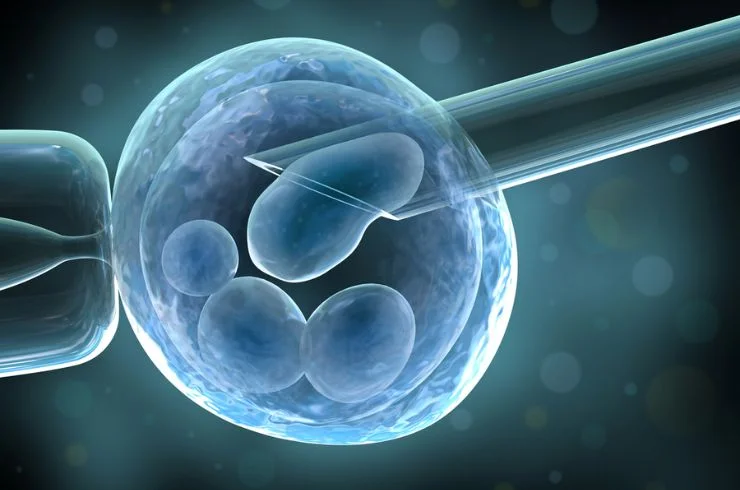
Assisted Hatching is a specialized laboratory technique used in in vitro fertilization (IVF) to enhance the chances of successful implantation and pregnancy. It involves artificially thinning or creating a breach in the zona pellucida, which is the protective outer layer surrounding the embryo. This procedure aims to facilitate the embryo’s ability to implant into the uterine lining.
How Assisted Hatching Works
Zona Pellucida Structure:
Procedure:
Timing:
Benefits of Assisted Hatching
Improved Implantation Rates:
Increased Pregnancy Rates:
Support for Compromised Embryos:
Who Might Benefit from Assisted Hatching?
Older Women:
Previous IVF Failures:
Poor Embryo Quality: